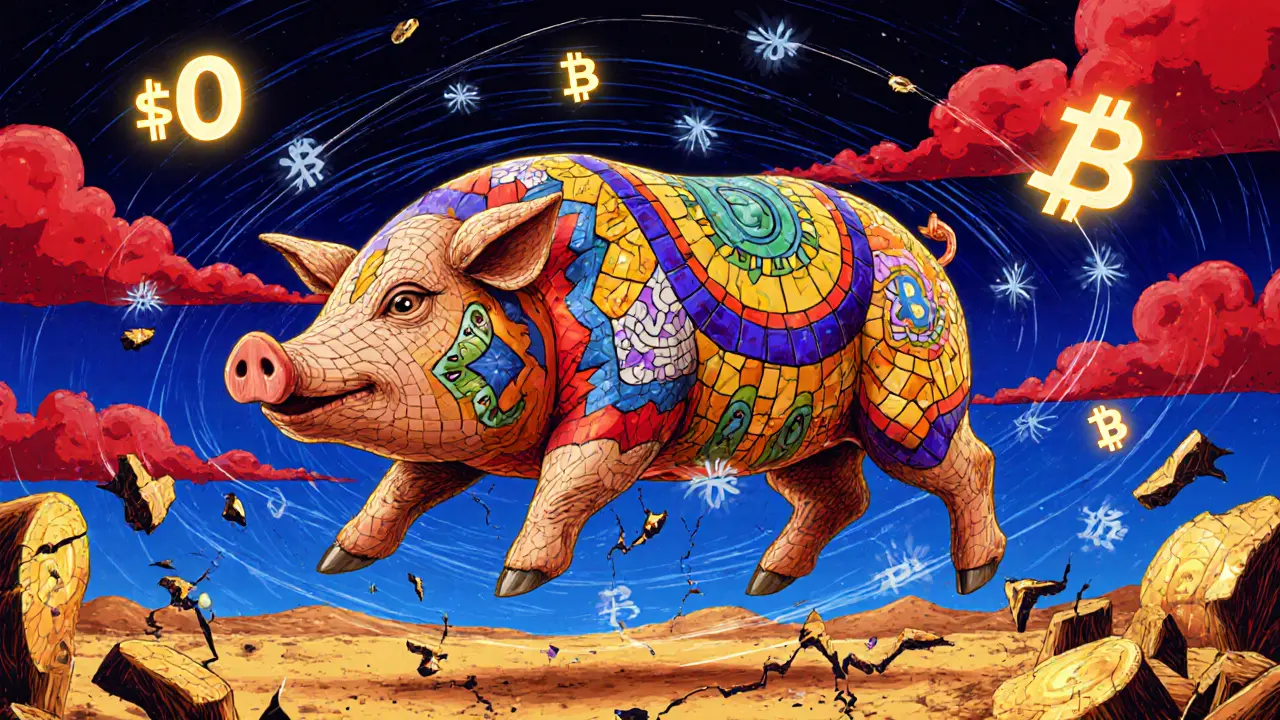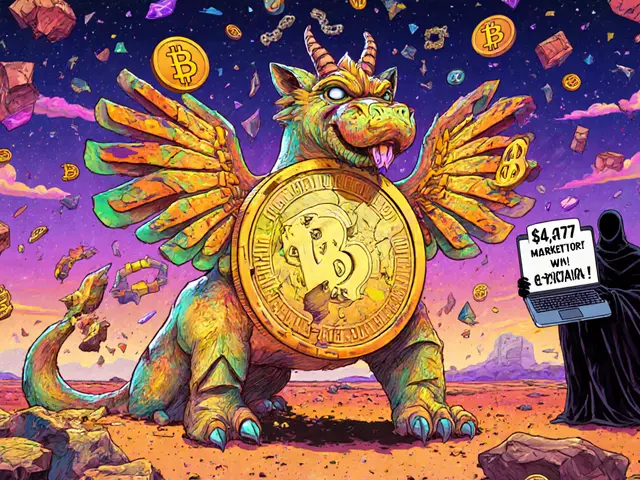BEP20 Token: What It Is, How It Works, and Why It Matters on Binance Smart Chain
When you interact with a DeFi app on BEP20 token, a token standard built on the Binance Smart Chain that enables fast, low-cost transfers and smart contract interactions. Also known as BSC token, it’s the backbone of most decentralized apps on Binance’s network. Unlike Ethereum’s ERC-20, BEP20 was designed to be faster and cheaper—perfect for everyday trading, staking, and swapping without drowning in gas fees.
BEP20 tokens aren’t just copies of ERC-20. They’re optimized for the Binance Smart Chain’s proof-of-staked-authority consensus, which means transactions confirm in under 3 seconds and cost pennies. That’s why projects like PancakeSwap, Venus, and countless others picked BEP20 over Ethereum: they needed speed and affordability. If you’ve ever swapped tokens on a DEX without waiting minutes or paying $10 in fees, you were likely using a BEP20 token. And while Ethereum is still the gold standard for security and decentralization, BEP20 wins on usability for users who just want to trade, earn yield, or grab an airdrop without breaking the bank.
Related to BEP20 are the tools and platforms that rely on it. Binance Smart Chain, a blockchain network built to complement Ethereum with lower costs and higher throughput. Also known as BSC, it’s the foundation that makes BEP20 possible. Then there’s the ecosystem of wallets like MetaMask and Trust Wallet that support BEP20 out of the box, and exchanges like KCEX and GroveX that list these tokens because they’re easy to integrate. You’ll also find BEP20 tokens in airdrops—like RACA or BSL—because launching on BSC is cheap and fast. But beware: just because a token is BEP20 doesn’t mean it’s legit. Many dead projects, like BSClaunch or DIYAR, started as BEP20 tokens but vanished because they had no team, no use, and no liquidity. The standard doesn’t guarantee value—it just makes it easier to build.
So if you’re looking at a new crypto project, check if it’s on BEP20. It tells you something about its priorities: speed, cost, and accessibility. But don’t stop there. Look at the team, the trading volume, and whether anyone’s actually using it. The BEP20 standard is a tool—not a guarantee. And in a space full of noise, knowing the difference between a working token and a ghost token is what separates smart users from those who lose money.
Below, you’ll find real-world reviews of BEP20-based projects, broken-down analyses of failed tokens, and guides on how to spot the ones worth your time—and avoid the ones that aren’t.










